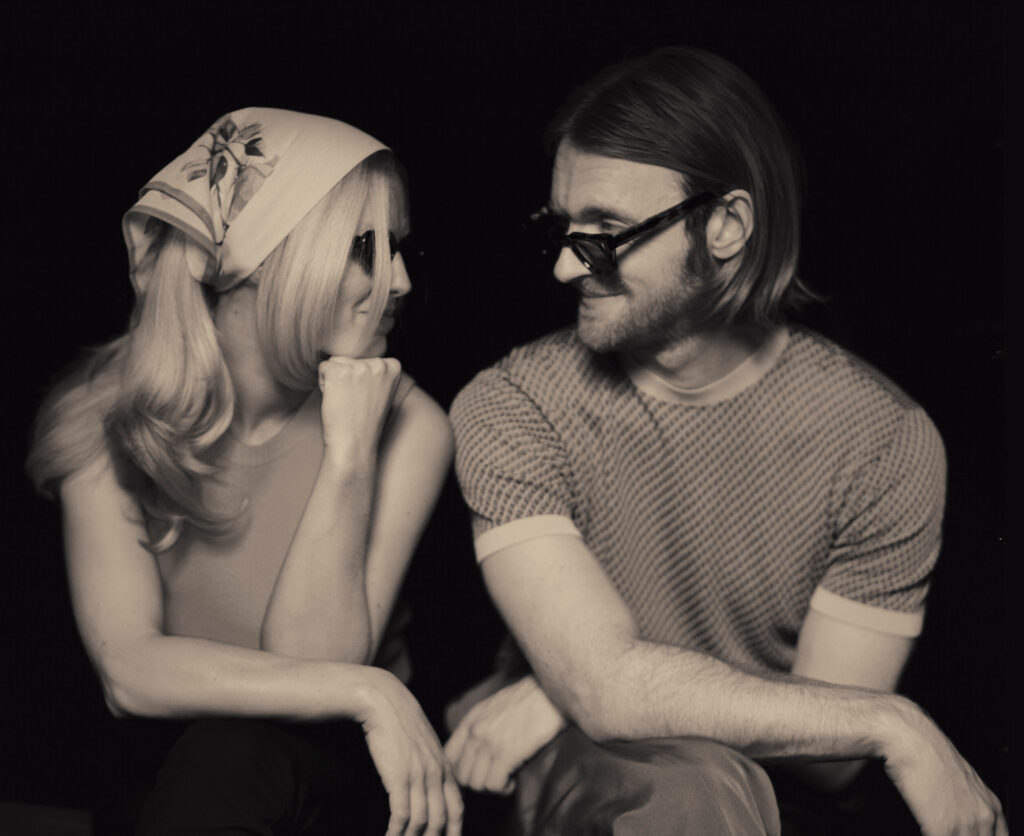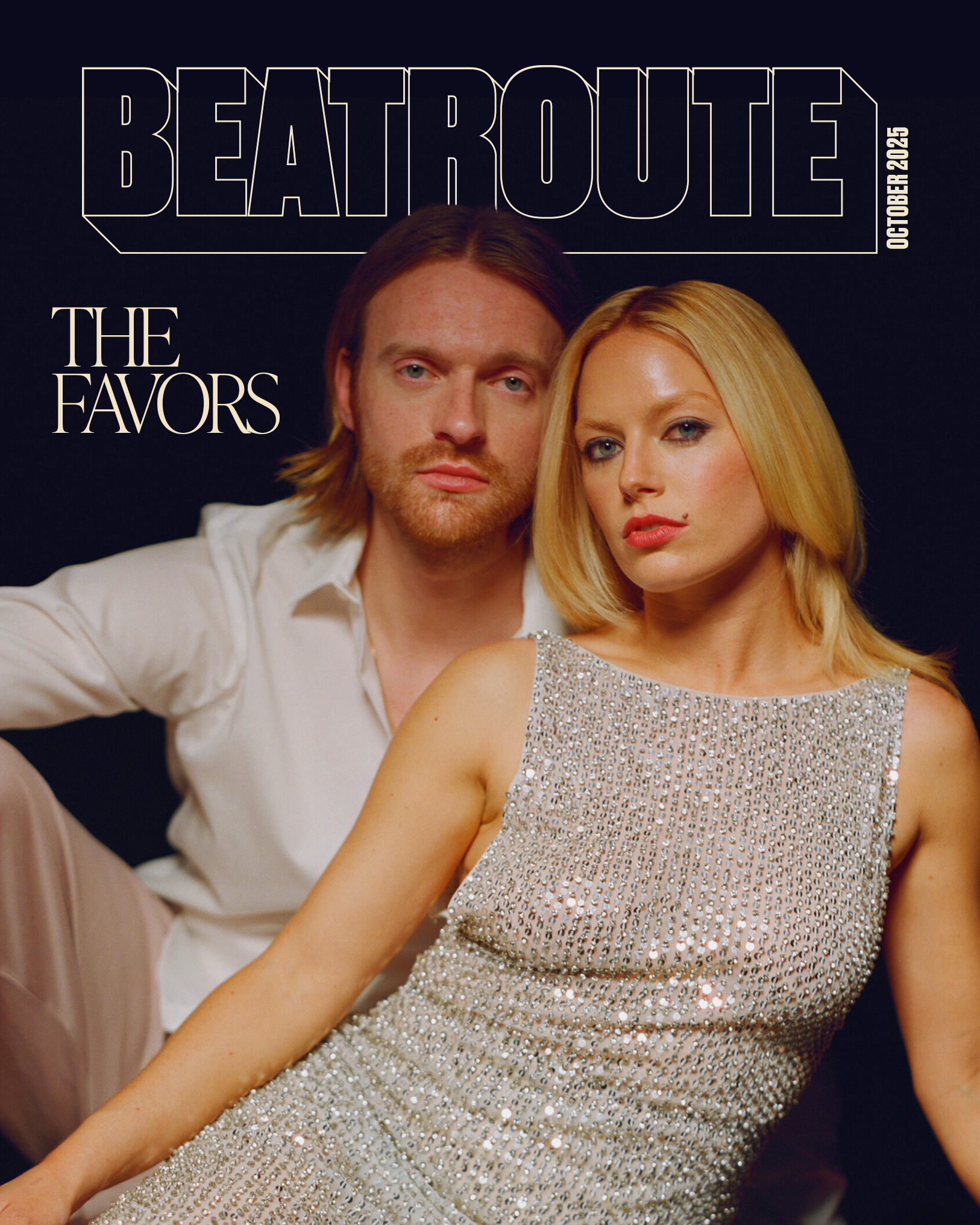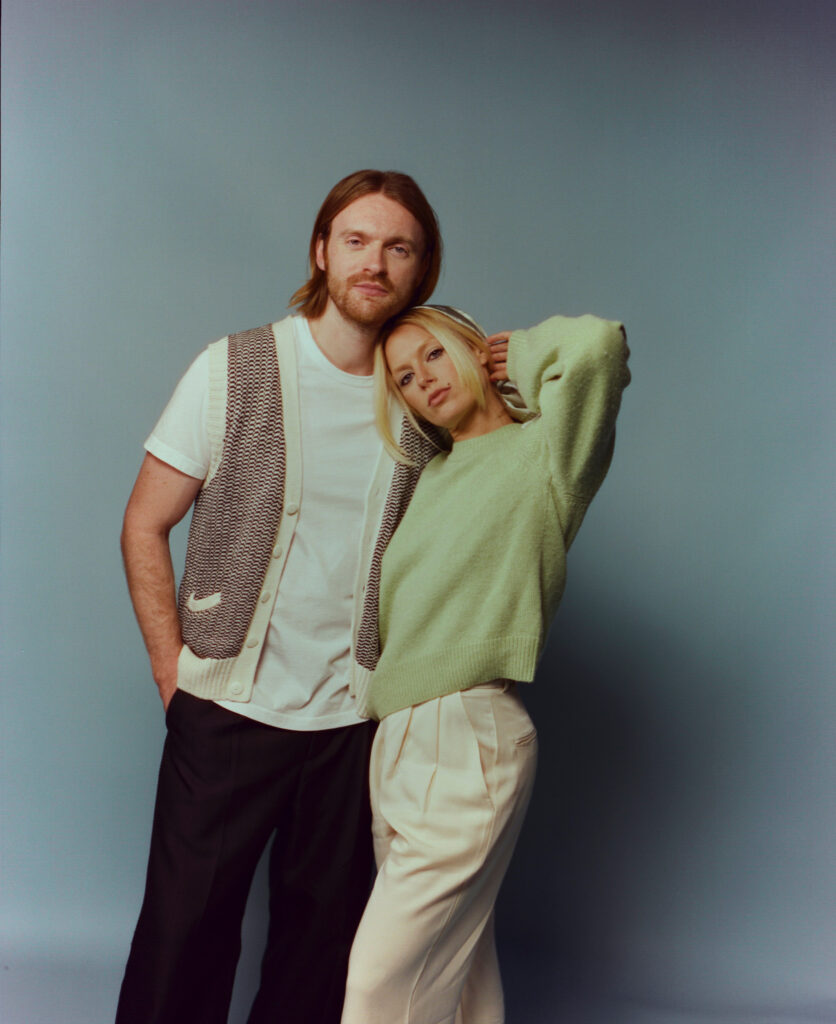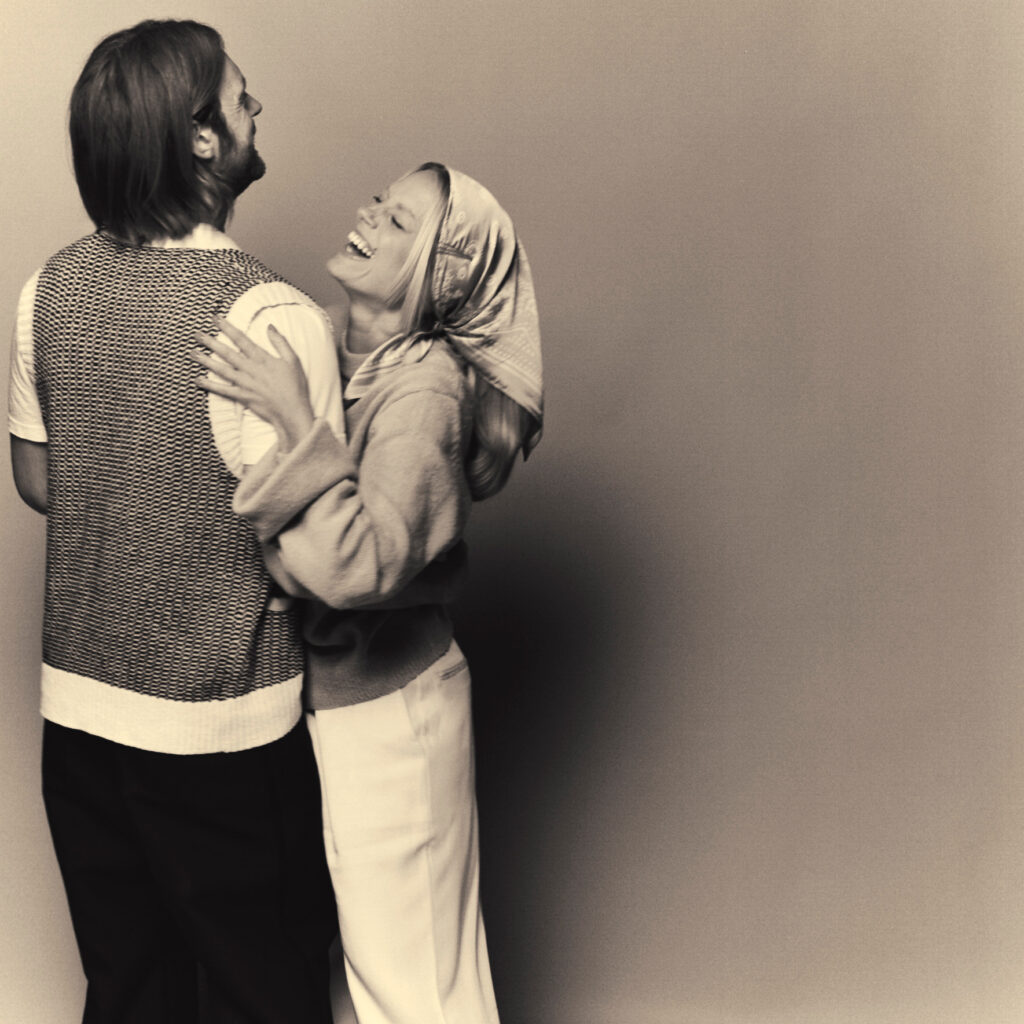COVER
The Favors
Face to Face
By Sophie Cino
Publishing date: Sep 12, 2025
W
When Ashe and Finneas first appear on my Zoom screen, the mood is anything but formal. Instead, I’m met with an easy laugh. They immediately point out how “well-lit” I am, nodding approvingly at my camera setup. It’s a small, offhand remark, but it melts away any nerves.
That’s the energy the two exude together—playful, open, and radiating a warmth that somehow manages to travel through a laptop screen. It’s that same warmth and honesty that powers their new project, The Dream. What could have been a one-off experiment between two longtime collaborators has turned into something bigger: a joint album and a shared identity built on equal parts nostalgia, vulnerability, and friendship.
When Ashe and Finneas first appear on my Zoom screen, the mood is anything but formal. Instead, I’m met with an easy laugh. They immediately point out how “well-lit” I am, nodding approvingly at my camera setup. It’s a small, offhand remark, but it melts away any nerves.
That’s the energy the two exude together—playful, open, and radiating a warmth that somehow manages to travel through a laptop screen. It’s that same warmth and honesty that powers their new project, The Dream. What could have been a one-off experiment between two longtime collaborators has turned into something bigger: a joint album and a shared identity built on equal parts nostalgia, vulnerability, and friendship.
It’s like a good bowl of spaghetti, simple, but with high-quality ingredients.
For Ashe, this record marks a return. After years of pouring herself into her solo career, she hit a wall. “I sort of lost the plot in making music,” she admits. “I became disillusioned with the whole thing.” But one night, she sent Finneas a text. A simple invitation to write again. She braced for a polite response—maybe even indifference. Instead, Finneas was ecstatic. “I thought he’d be like, ‘Yeah, I love that,’ but he was overexcited. That was just a sweet start to something, and six months later, we were sort of off to the races.
For Finneas, the excitement came quickly. “Before we even wrote, I knew it would be fun,” he says. “But once we had four or five songs we loved, I got really gung-ho about the release and playing shows.”
The shift was clear: this wasn’t just Ashe with Finneas producing in the background. The Dream is deliberately different. “It was fifty-fifty,” Ashe emphasizes. “In my solo work, even when Finneas was in the room, it was always in service of my project. This time, it was about us. That intention made it deeper, more balanced, more alive.”
That commitment extended into the recording process. Much of the album was tracked with the two sitting across from each other, watching every breath and vowel. “It’s like dancing,” Finneas says. “When you’re literally looking at each other’s lips moving, it’s effortless to lock in. When I had to re-record parts without her there, it was so much harder to match that energy.” Ashe nods, “There’s vocal bleeding, but in an endearing, imperfect way.”
If the songs sound like little movies, that’s intentional. Locations are everywhere: Times Square, Lake George, the Hudson River. Some came from Ashe’s real-life memories, like meeting an old flame in New York. Others, like “Lake George,” were pulled from Finneas’ family history, his grandmother’s ashes scattered in upstate New York. Together, the songs create a map of memory. “Pins on a map,” Finneas calls them. “It helps you see the songs, not just hear them.”
The sound itself is stripped back but powerful. Both artists cite the influence of ’90s Britpop, bands like Oasis and Keane. “We didn’t want to overcomplicate it,” Finneas says. “As a producer, I’m usually trying to invent new sounds. But for this, it felt right to keep it traditional: guitars, drums, piano. It’s like a good bowl of spaghetti, simple, but with high-quality ingredients.” Ashe adds: “Timeless: classic clothes, film photography.”
That timelessness also runs through the visuals. Ashe sent Finneas old Hollywood references, Norah Jones album covers, and grainy film photos. “I wanted it to feel like its own little universe,” she explains. “Not reinventing the wheel. Just classic, enduring.”
Lyrically, The Dream doesn’t shy away from tension. Ashe’s “Times Square Jesus” lyric—“Every time I walk by Times Square Jesus, he tells me to confess before my grave, but I don’t want to be saved”—still unsettles her. “I grew up religious, so there’s guilt in singing it,” she says. “But I also love it…it’s honest.” Finneas, meanwhile, uses the project to write about subjects he hadn’t before, like grief and family legacies. “It gave me space to process those stories in a way I hadn’t put into music yet.”
The emotional core, though, is friendship. “That’s the feeling of this album,” Finneas says. “It’s like when you and your best friend can’t wait to debrief about something. It’s company, it’s joy.” Ashe offers her own one-word summary: “Nostalgia.” Together, those two words capture the record’s spirit: comfort in connection, reverence for the past.
In an era when collaborations can feel like marketing strategies, The Dream is refreshingly uncalculated. It’s not chasing playlists, not engineered for TikTok virality. It’s two artists who found their way back to joy by sitting across from each other and singing.
Photographer: Alex G Harper




